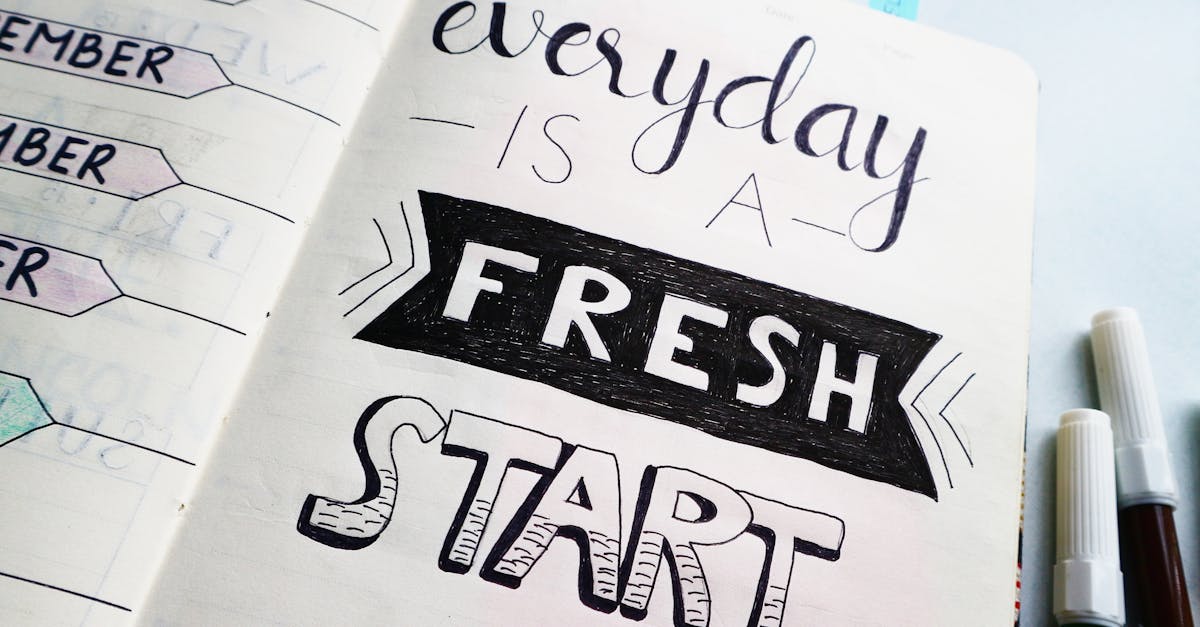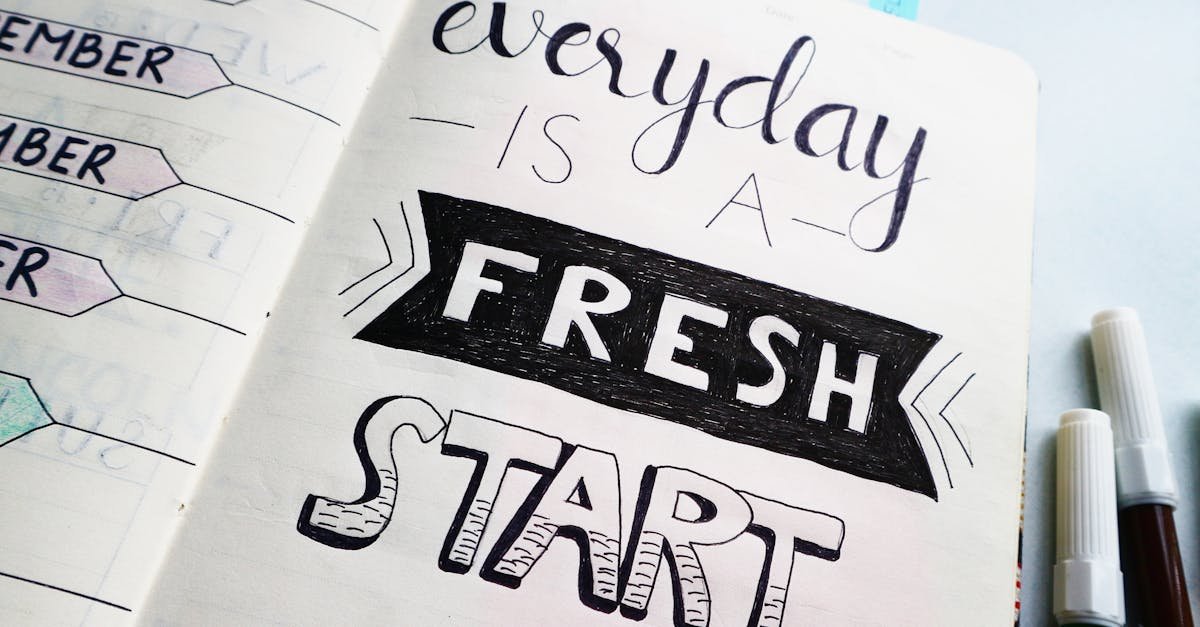Table Of Content
- Dealing With Workout Boredom: Fresh Ideas
- Why Does Workout Boredom Even Happen?
- Injecting Fun Back Into Fitness: Core Strategies
- Gamify Your Gains
- Music, Podcasts, and Audiobooks: Your Workout Companions
- Mind Over Monotony: The Mental Game
- Conclusion: Keep Moving, Keep Exploring
- Frequently Asked Questions (FAQs)
- FAQ 1: How often should I change my workout routine to avoid boredom?
- FAQ 2: What if I really hate all forms of traditional exercise?
- FAQ 3: Can music really make that much difference in motivation?
- FAQ 4: I’m short on time. How can I combat boredom in quick workouts?
- FAQ 5: Is it okay to take a break from exercise if I’m completely bored and unmotivated?
Dealing With Workout Boredom: Fresh Ideas
Let’s be real. You started your fitness journey all fired up, right? New gear, fresh playlist, visions of a stronger, healthier you dancing in your head. But somewhere along the line, the spark… well, it fizzled. The treadmill feels less like a path to glory and more like a hamster wheel to nowhere. Those dumbbell curls you used to power through now feel heavier than lead, not because you’re weak, but because you’re just plain bored. Sound familiar? You, my friend, are grappling with the dreaded Workout Boredom Beast.
It happens to the best of us. Even elite athletes hit plateaus where the sheer monotony of training feels overwhelming. But for us everyday folks trying to stay active, boredom can be the ultimate motivation killer, derailing progress faster than a rogue donut cart at a weight-loss convention. The good news? It doesn’t have to be this way! Sticking to a fitness routine shouldn’t feel like a chore you endlessly postpone. It can be engaging, exciting, and something you actually look forward to. We just need to shake things up, inject some novelty, and outsmart that boredom beast. Ready to find some fresh ideas to fall back in love with moving your body? Let’s dive in!
Why Does Workout Boredom Even Happen?
Before we jump into solutions, let’s quickly unpack *why* this happens. Understanding the root cause can help us tackle it more effectively. It’s not just about being lazy or lacking willpower; there are actual psychological and physiological reasons behind workout ennui.
The Science of Stagnation
Our brains are wired for novelty. Think about it – new experiences trigger dopamine release, that feel-good chemical associated with reward and pleasure. When you first start a workout routine, everything is new: the movements, the feeling in your muscles, the sense of accomplishment. Your brain is loving it! But as you repeat the same exercises, day in and day out, the novelty wears off. The movements become automatic, the challenges predictable. Your brain essentially says, “Been there, done that,” and the dopamine faucet slows to a trickle. This lack of mental stimulation is a major contributor to boredom.
Physiologically, doing the same routine repeatedly also leads to plateaus. Your body is incredibly adaptive. It gets efficient at performing familiar tasks. While efficiency sounds good, in fitness, it means you burn fewer calories and stimulate less muscle growth over time doing the same thing. This lack of physical progress can be incredibly demotivating, further feeding the boredom cycle. Why push through a tedious workout if you’re not even seeing results anymore, right?
Recognizing the Signs
Workout boredom doesn’t usually announce itself with a flashing neon sign. It often creeps up subtly. Are you experiencing any of these tell-tale symptoms?
- Clock-Watching Constantly: Does your 30-minute workout feel like an eternity? Are you checking the clock every two minutes?
- Making Excuses: Suddenly, “too tired,” “too busy,” or “the weather looks iffy” become your go-to phrases when it’s time to exercise.
- Going Through the Motions: You’re physically present, but mentally checked out. Your form gets sloppy, and you feel zero connection to the movement.
- Dreading Your Workouts: Instead of feeling energized, the thought of your upcoming session fills you with a sense of obligation or even dread.
- Skipping Sessions More Often: What used to be a non-negotiable part of your day is now easily pushed aside.
- Lack of Progress: You’re putting in the time, but not getting stronger, faster, or leaner.
If several of these resonate, it’s a clear signal that your routine needs a refresh. Ignoring it will likely lead to inconsistency and eventually, giving up altogether.
Injecting Fun Back Into Fitness: Core Strategies
Okay, we know *why* it happens and *what* it looks like. Now for the fun part: fixing it! The core idea is simple – introduce variety and novelty. Think of it like refreshing your wardrobe or trying a new restaurant; sometimes, you just need a change to reignite your interest.
Change Your Scenery
Sometimes, the problem isn’t the workout itself, but the environment. Staring at the same four walls day after day can make even the most exciting routine feel stale. Changing *where* you exercise can have a surprisingly powerful impact.
Explore the Outdoors
Take your fitness outside! Instead of the treadmill, hit a local park trail for a run or walk. Find some stairs for interval training. Do your bodyweight exercises in your backyard or on a beach. The fresh air, changing scenery, and sunshine (hello, vitamin D!) can instantly make exercise feel less like a task and more like an adventure. Nature has this incredible way of reducing stress and boosting mood, which are fantastic side benefits. Plus, uneven terrain challenges your balance and engages smaller stabilizer muscles you might miss indoors. Think hiking, cycling, kayaking, or even just finding an outdoor fitness park.
Try a New Gym or Studio
If the great outdoors isn’t always practical, consider changing your indoor environment. Does your current gym feel uninspiring? Maybe it’s time to check out a different facility. Look for gyms with different equipment, pools, climbing walls, or unique class offerings. Boutique studios specializing in things like boxing, Pilates, yoga, or CrossFit can offer a completely different vibe and community feel. Even just using a day pass somewhere new can provide a much-needed mental reset and expose you to new exercises or ways of training.
Mix Up Your Modalities
Are you a cardio king who dreads weights? Or a weightlifting warrior who avoids cardio like the plague? Sticking rigidly to one type of exercise is a fast track to boredom and potential overuse injuries. Variety isn’t just the spice of life; it’s crucial for well-rounded fitness and sustained motivation.
Cross-Training Power
Cross-training simply means incorporating different types of exercise into your routine. If you primarily run, try adding swimming or cycling. If you lift weights, incorporate yoga or Pilates for flexibility and core strength. This does several things:
- Reduces Boredom: Obviously! Different activities keep things fresh.
- Improves Overall Fitness: You challenge different muscle groups and energy systems. A runner who adds strength training will likely become a stronger, more injury-resistant runner.
- Prevents Plateaus: By constantly presenting your body with new challenges, you keep it adapting and progressing.
- Reduces Injury Risk: Overstressing the same joints and muscles repeatedly increases injury risk. Cross-training spreads the load.
Don’t be afraid to try something completely new! Rock climbing, dancing, martial arts, team sports – the possibilities are endless.
Embrace Variety Within Workouts
Even if you love a particular type of exercise, like weightlifting, you can still introduce variety *within* those sessions. Stop doing the same 3 sets of 10 reps for the same exercises every single time. Try:
- Changing Exercises: Swap barbell bench press for dumbbell incline press, or lunges for Bulgarian split squats. There are countless variations for every major muscle group.
- Altering Set/Rep Schemes: Instead of 3×10, try 5×5 for strength, or 4×15 for endurance. Experiment with pyramid sets (increasing weight, decreasing reps) or drop sets (doing reps to failure, then immediately reducing weight and continuing).
- Playing with Tempo: Slow down the eccentric (lowering) phase of a lift, or add pauses at the bottom or top. This changes the stimulus significantly.
- Using Different Equipment: Swap dumbbells for kettlebells, barbells for resistance bands, or machines for cables.
- Trying Different Structures: Explore circuit training (moving quickly between exercises with minimal rest), supersets (pairing two exercises back-to-back), or complexes (performing multiple exercises with the same weight without setting it down).
This constant tweaking keeps your muscles guessing and your mind engaged.
Get Social!
Humans are social creatures. Turning exercise into a social activity can transform it from a solitary grind into a fun, shared experience. Accountability and camaraderie are powerful motivators.
Find a Workout Buddy
Partnering up with a friend, family member, or colleague can make a world of difference. You’re less likely to skip a session if you know someone is counting on you. You can motivate each other, spot each other during lifts, try partner exercises, and celebrate successes together. Plus, having someone to chat with can make the time fly by. Just make sure you choose a buddy who is reliable and shares similar fitness goals or enthusiasm – a flaky or negative partner won’t help!
Join Group Fitness Classes
Group classes are fantastic for combating boredom. The energy of the room, the instructor’s guidance, and the shared effort create a motivating atmosphere. There’s a class for almost every interest: high-energy options like Zumba, spinning, or HIIT; strength-focused classes like BodyPump or circuit training; mind-body practices like yoga or Tai Chi. Trying different classes is an easy way to discover new ways to move and find activities you genuinely enjoy. You might surprise yourself!
Gamify Your Gains
Who doesn’t love a good game? Applying game mechanics – points, challenges, rewards, leaderboards – to your fitness routine can tap into our natural desire for achievement and competition (even if it’s just against ourselves).
Apps and Wearables
Fitness trackers and apps have exploded in popularity for a reason. They make tracking progress easy and often incorporate gamification elements. Seeing your steps accumulate, closing your activity rings, earning badges for hitting milestones, or participating in virtual challenges can provide regular doses of positive reinforcement. Some apps allow you to compete with friends, adding a social-competitive layer. Others offer guided workouts that change frequently, keeping things fresh. Find an app or device that resonates with you and use its features to keep yourself engaged.
Set Mini-Challenges
Don’t just focus on huge, long-term goals. Break them down into smaller, more immediate challenges. This provides frequent opportunities for success and keeps things interesting. Examples include:
- “This week, I will try one new healthy recipe.”
- “Today, I will hold my plank for 10 seconds longer than last time.”
- “This month, I will attend two different types of group fitness classes.”
- “Beat my personal best time for a 1-mile run.”
- “Complete 10 push-ups every hour during my workday.”
Track your progress and reward yourself (with non-food rewards, like new workout gear or a relaxing bath) when you hit these mini-goals. This creates a positive feedback loop.
Music, Podcasts, and Audiobooks: Your Workout Companions
Never underestimate the power of audio distraction! What you listen to can dramatically alter your workout experience. If your current playlist feels stale, it’s time for an overhaul.
Create new playlists specifically for different types of workouts. High-energy beats for cardio or HIIT, steady rhythms for endurance work, or more focused, intense music for heavy lifting. Explore different genres you wouldn’t normally listen to. Services like Spotify or Apple Music offer curated workout playlists that can introduce you to new artists and tempos.
Alternatively, tune out the exertion and tune into a captivating podcast or audiobook. Getting lost in a great story or learning something new can make the time on the treadmill or elliptical disappear. Choose something engaging enough to hold your attention but not so complex that you lose focus on your form, especially during exercises requiring concentration. This strategy works wonders for steady-state cardio or longer, more repetitive sessions.
Mind Over Monotony: The Mental Game
Sometimes, boredom is less about the activity and more about your mindset. Shifting your focus and perspective can be a powerful tool.
Instead of just going through the motions, practice mindfulness during your workout. Pay close attention to your body. How do your muscles feel as they contract and relax? Focus on your breathing. Notice the sensation of your feet hitting the pavement or your hands gripping the weights. This internal focus can turn a repetitive task into a meditative experience, enhancing the mind-body connection and making you appreciate the physical sensations of exercise.
Remind yourself of your “why.” Why did you start exercising in the first place? Was it for health, stress relief, strength, confidence, or setting a good example? Reconnecting with your deeper motivations can provide the mental fuel needed to push through periods of boredom. Visualize yourself achieving your goals and how good it will feel. Focus on the positive feelings *after* a workout – the energy boost, the sense of accomplishment, the reduced stress. Sometimes, simply remembering the benefits is enough to rekindle the spark.
Conclusion: Keep Moving, Keep Exploring
Workout boredom is a common hurdle, but it’s definitely not insurmountable. It’s a sign – not that you should quit, but that it’s time to evolve. By changing your scenery, mixing up your exercises, getting social, gamifying your efforts, upgrading your audio, and shifting your mindset, you can absolutely smash through the monotony barrier. Remember, the “perfect” workout routine is the one you actually stick with, and enjoyment is a huge part of adherence.
Think of your fitness journey like exploring a vast landscape. You wouldn’t want to stay on the same single path forever, would you? There are mountains to climb (strength training!), rivers to swim (cardio!), forests to hike (outdoor adventures!), and different trails to discover (new classes and activities!). Be curious, be adventurous, and don’t be afraid to try new things. Listen to your body and your mind. If something feels stale, change it! The key is to keep moving, keep exploring, and find the joy in taking care of your incredible body. Now go out there and make your next workout your best (and least boring) one yet!
Frequently Asked Questions (FAQs)
FAQ 1: How often should I change my workout routine to avoid boredom?
There’s no single magic number, as it depends on the individual and the type of routine. However, a general guideline is to introduce some form of variation every 4-6 weeks. This doesn’t mean completely overhauling everything! It could be as simple as swapping a few exercises, changing your set/rep scheme, trying a new group class, or altering your running route. The key is to prevent stagnation, both mentally and physically. Pay attention to the signs of boredom mentioned earlier – if you’re starting to feel them, it’s probably time for a tweak.
FAQ 2: What if I really hate all forms of traditional exercise?
That’s okay! The goal is to move your body in ways you enjoy. Think outside the “gym box.” Do you like dancing? Put on some music and have a dance party in your living room, or join a dance class (salsa, hip-hop, ballroom). Do you enjoy being in nature? Take up hiking, kayaking, rock climbing, or even gardening. Love playing games? Look into recreational sports leagues (volleyball, soccer, tennis), frisbee golf, or even active video games. The key is finding physical activities that feel like fun, not like a chore. Anything that gets you moving counts!
FAQ 3: Can music really make that much difference in motivation?
Absolutely! Numerous studies have shown that music can significantly impact exercise performance and perception of effort. Upbeat music can increase heart rate, distract from fatigue and discomfort, improve mood, and even encourage you to move faster or push harder, often without you consciously realizing it. It synchronizes rhythm and movement. Choosing music with a tempo that matches your desired intensity can be particularly effective. So yes, curating a killer workout playlist is a scientifically backed way to boost motivation and fight boredom.
FAQ 4: I’m short on time. How can I combat boredom in quick workouts?
Even short workouts can get monotonous. Combat this by focusing on intensity and efficiency. High-Intensity Interval Training (HIIT) is great because it involves short bursts of intense work followed by brief rest, keeping things dynamic. Try different HIIT protocols (like Tabata: 20 seconds work, 10 seconds rest). Use compound exercises (squats, deadlifts, push-ups, lunges) that work multiple muscle groups simultaneously for maximum bang for your buck. Create mini-circuits where you move quickly between 3-4 exercises. Even in 15-20 minutes, you can vary the exercises, order, and intensity significantly each time.
FAQ 5: Is it okay to take a break from exercise if I’m completely bored and unmotivated?
Yes, sometimes a short break or a “deload” week can be beneficial, both physically and mentally. Pushing through extreme burnout can lead to resentment towards exercise. Taking a few days or even a week off (or engaging in very light activity like walking or stretching instead) can help you reset and come back feeling more refreshed and motivated. However, be mindful that a short break doesn’t turn into a permanent one. Use the time off to reflect on why you were bored and plan how you’ll inject novelty and fun back into your routine when you return.










